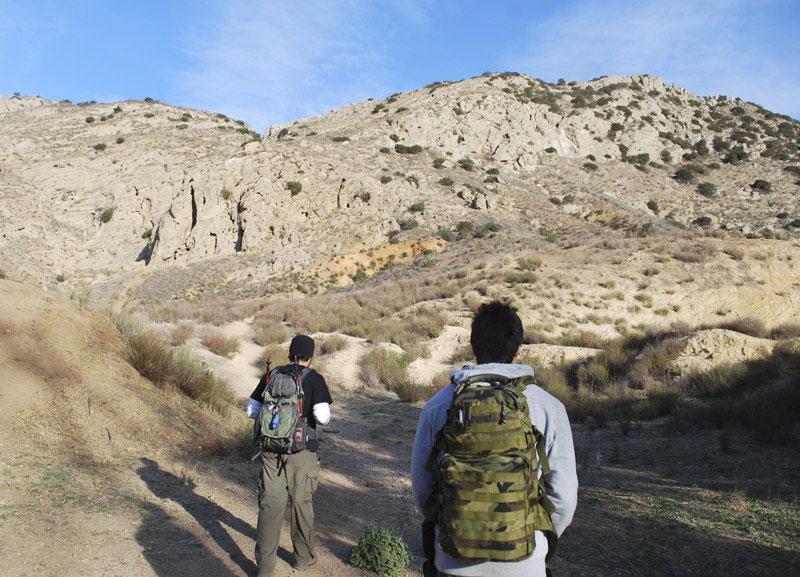
A one-of-a-kind and affordable experience to explore nature and its beauty is the purpose of a new student-run program called Outdoor Adventures.
It gives students the opportunity to appreciate the outdoors and achieve a greater knowledge about it outside the four corners of a classroom.
The program started engaging in outdoor activities in Spring 2009. They went on four hiking trips and two trips to Castaic Lake, where students got to kayak and canoe. This semester, aside from the hiking and lake trips, the students got to go on a Full Moon hike up to Mt. Baldy.
Next spring, Outdoor Adventures plans to add two day hikes to Mt. Wilson and Bridge to Nowhere, three trips to Castaic Lake, a backpacking trip to San Gorgonio Mountain, a whitewater rafting trip to Kern River, and an overnight trip to Castaic Lake. They also want to take students to rock climb at Stoney Point.
Aside from the physical aspects of the outdoor activities, Outdoor Adventures also teach participants about outdoor ethics, botany and water and boat safety.
They focus on experiential learning, which according to program coordinator Tim Szczepanski is “one of the best ways to learn.”
“Experiential (learning) is such a powerful tool in understanding who you are as a person and who your group is that you are trying to work with,” Szczepanski said. “We want to teach through experience.”
Before each trip, the staff members educate the participants through email explaining what they need to know about the upcoming trips – what to and what not to bring.
They also warn the students about what to expect in terms of the weather conditions, length of the trails, and other important information.
The staff members are all certified in First Aid and Cardiopulmonary Resuscitation (CPR). There are also certain students who have the Wilderness First Responder certification, which means they have spent 10 days out in the wilderness and learned everything about survival and dealing with being injured.
“We have the proper precaution when we go out. Every precaution is made that can be made to make sure that nothing happens,” said Amanda Flavin, an Outdoor Adventures supervisor.
Flavin said the first thing she looks for is the hospital around the area.
The Outdoor Adventures also offers activities inside the campus such as the rock wall climbing and team building.
The rock wall, which is located near the pool area, is free for everyone in the CSUN community. Several organizations, including fraternities and sororities, have rented the rock wall for their special events.
Next spring they plan to add a high ropes course as part of their team building program.
“Up at the high ropes course, there’s a bunch of different challenges where you’re going 60 feet in the air and traverse across the log. We’ll be adding that, which is very exciting,” Szczepanski said.
Another plan for next semester is a rental program where students can rent backpacks and camping equipments for trips on their own at a low cost.
The Outdoor Adventures also offers specialized group outings and team building activities. They will be able to put together a program to meet the requirements of the students’ needs such as location, budget, time and activities.
“It’s a great alternative for other campus entertainment. What a student pays for the services they get from our program is nothing compared to what it cost to provide the services,” Flavin said.
A hiking trip costs $15 and may go up depending on the distance, but will not go higher than $20. The fees basically go to transportation.
Szczepanski said that some staff members, who are volunteers, are willing to work for free and some would just work to transport participants from point A to point B without making any hours.
Myles Diamond, trip leader, said they “do it as a hobby.”
The Outdoor Adventures hopes to get the community outside CSUN to join and participate in the future. This will help supplement funds for the CSUN students and offset the cost of other trips. The less money a student has to pay, the more students will sign up.
“We want more participation than we do revenue coming in. We’re here to improve the students’ quality of life, and that’s the most important thing,” Szczepanski said.




